Introduction
A raw diet for pets is becoming increasingly popular. This approach emphasizes feeding pets fresh, unprocessed food. Understanding portion sizes is crucial for maintaining your pet’s health and wellbeing. Proper portioning ensures they receive the right balance of nutrients.
If you’re serious about meal prepping for your furry friend, a Pet Food Scale is a game-changer. It takes the guesswork out of measuring portions, so you can focus on what really matters: bonding with your pet and not turning your kitchen into a science lab!
Summary and Overview
In this article, we’ll discuss how to determine the appropriate portion sizes for a raw diet for your pet. Factors such as age, size, and activity level will play a significant role in these calculations. A raw diet can provide numerous benefits, including improved digestion and healthier skin. By understanding how to properly portion meals, you can enhance your pet’s overall health and happiness. We’ll also address common questions regarding raw feeding and offer practical tips to get started.

Understanding raw feeding is essential for pet owners looking to provide the best nutrition for their furry friends. raw feeding guide
Understanding Raw Diets
A raw diet for pets consists primarily of uncooked meat, bones, and organs. This diet aims to mimic what animals would eat in the wild. The concept gained traction in the late 20th century, with many pet owners seeking natural alternatives to commercial kibble.
Key components of a raw diet include:
- Meat: Provides essential proteins and fats.
- Bones: Offer calcium and support dental health.
- Organs: Deliver vital vitamins and minerals.
Compared to traditional kibble, raw diets often result in shinier coats and better digestion. Pet nutrition experts advocate for raw feeding, emphasizing its alignment with natural dietary needs. Ultimately, this approach can lead to healthier, happier pets.
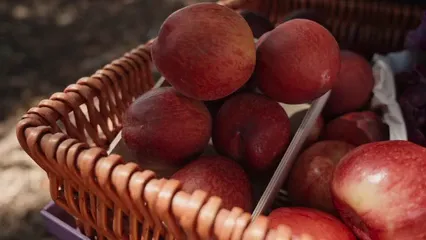
One way to ensure your pet’s food is fresh and safe is by investing in a sturdy Dog Food Storage Container. This will keep your dog’s food fresh and free from pests, making every meal a delightful experience for your furry companion!
Factors Influencing Portion Size
When determining portion sizes for a raw diet, several factors come into play. Understanding these can help you provide the best nutrition for your dog.
Age is a significant factor. Puppies require more food than adults since they are growing rapidly. Senior dogs often need less due to decreased activity levels.
Size and breed are also crucial. Larger breeds generally need more food than smaller ones. For example, a Great Dane will require a different portion than a Chihuahua.
Activity level and metabolic rate matter too. Active dogs burn more calories and, therefore, require larger portions. On the other hand, less active dogs need smaller amounts to maintain a healthy weight.
Lastly, health conditions and special dietary needs can affect portion sizes. Dogs with specific health issues may require tailored diets, influencing how much they should eat. Always consult with your veterinarian to address these unique needs.
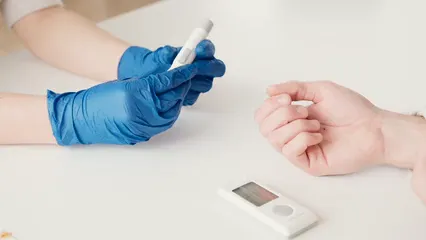
To aid in your pet’s meal planning, consider a Raw Dog Food Recipe Book. This book will inspire you with delicious and nutritious recipes that your pet will love, making meal times fun and exciting!
Calculating Portion Sizes
General Guidelines
Calculating the right portion size for your dog is essential for their health. Generally, adult dogs should eat about 2-3% of their ideal body weight daily. For instance, if your dog weighs 50 pounds, they would need approximately 1 to 1.5 pounds of food.
Puppies, however, require more, typically around 5-10% of their body weight. For example, a 10-pound puppy might need 0.5 to 1 pound of food per day. This higher percentage supports their rapid growth and energy needs.
To calculate the amount, multiply your dog’s ideal weight by the recommended percentage. This method ensures you provide the right amount for their specific needs.

If you’re unsure of your dog’s ideal weight, it might help to consult a veterinarian or use a raw dog food calculator. This tool can simplify the process, adjusting based on your dog’s age, size, and activity level. Proper portion control leads to better health outcomes for your furry friend.
Adjusting Portions
Adjusting your pet’s food portions is essential for their health. Keep an eye on weight changes and activity levels. If your dog is gaining weight, consider reducing their portions. Conversely, if they are losing weight, increase their food amount.
Monitoring body condition is crucial. Feel your dog’s ribs and check for a visible waist. A healthy dog should have a defined shape. If your dog is getting too thin or too heavy, adjustments are necessary.
Transitioning to a raw diet can be a challenge. Start by mixing raw food with their current diet. Gradually increase the raw portion over a week or two. This helps prevent digestive upset and encourages acceptance.
It’s also helpful to track your pet’s progress. Use a journal or app to note their weight and health changes. This way, you can make informed adjustments.

If you’re worried about keeping your pet hydrated, a Pet Water Fountain can encourage your dog to drink more water. It’s a fun way to boost hydration while keeping your home stylish!
Common Myths about Raw Diets
Many myths surround raw diets for pets. One common misconception is the risk of bacteria. While it’s true that raw food can harbor bacteria, proper handling and storage significantly reduce this risk. Always wash your hands and clean surfaces after handling raw food.
Another myth is that raw diets are excessively expensive. In reality, raw feeding can be cost-effective, especially when you buy in bulk. Plus, the health benefits can lead to fewer vet visits and lower long-term costs.
Many pet owners worry about portion sizes. Some believe raw diets lack nutritional balance. However, with careful planning, you can create a well-rounded diet. It’s crucial to include a variety of meats, bones, and organ meats. This ensures your pet gets all essential nutrients.

Additionally, investing in a Dog First Aid Kit can be vital for any pet owner. Accidents happen, and being prepared can make all the difference in a pinch!
Ultimately, understanding these myths helps pet owners make informed decisions. Addressing misconceptions about raw diets contributes to better pet health. Keep these insights in mind when considering a raw feeding approach for your furry friend.

Monitoring Health and Adjustments
Monitoring your pet’s health on a raw diet is vital. A healthy pet typically has a shiny coat, good energy levels, and firm stools. If you notice any changes, it may signal a need for dietary adjustments.
Regular vet check-ins are essential. Your veterinarian can help assess your pet’s health and suggest dietary changes. They can also guide you in interpreting weight changes or digestive issues.
Pay attention to your pet’s behavior and appearance. If they seem lethargic or their coat looks dull, it might indicate nutritional deficiencies. Adjust portion sizes or food variety as needed.
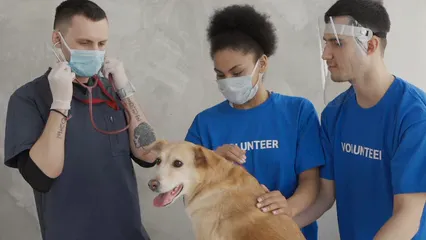
Consider investing in a Pet Tracking Device. This handy gadget helps ensure your pet’s safety and gives you peace of mind, especially during outdoor adventures!
By being observant and proactive, you ensure your pet thrives on a raw diet. With proper monitoring and timely adjustments, your furry friend can enjoy the benefits of a balanced raw food regimen.
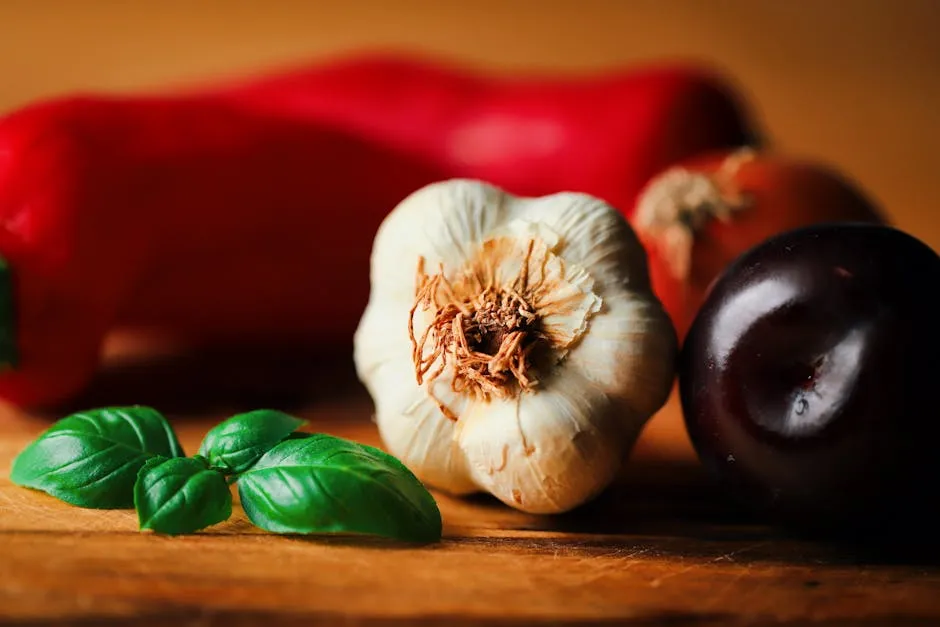
Benefits of a Properly Balanced Raw Diet
Feeding your pet a balanced raw diet offers numerous health benefits. Many pet owners report improvements in their dogs’ coats, digestion, and energy levels. A shiny coat often reflects better nutrition, while improved digestion leads to fewer stomach issues. Increased energy levels can enhance your pet’s overall quality of life.
Proper portion sizes significantly impact health outcomes. When you feed the right amount, your pet is less likely to experience obesity or nutritional deficiencies. Overfeeding can lead to weight gain and related health problems, while underfeeding may cause lethargy and malnutrition.
Many success stories showcase the positive effects of a raw diet. For instance, one dog owner shared how their Labrador’s coat became glossier and healthier after switching to raw food. Another owner noted their senior dog became more active and playful, regaining vitality after transitioning to a balanced raw diet.

To keep your dog entertained while they enjoy their meals, consider using Dog Puzzle Toys. These toys stimulate their minds while they work for their treats, making mealtime an engaging experience!
Adopting a proper raw feeding regimen can transform your pet’s health. With careful attention to portion sizes, you can ensure your furry friend enjoys the benefits of a well-rounded diet. This approach not only enhances their physical health but also strengthens the bond between you and your pet.
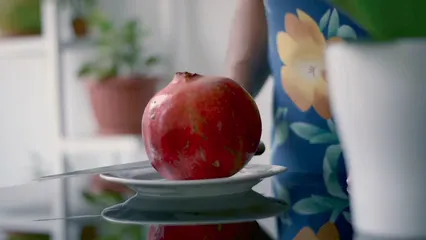
Conclusion
In summary, understanding raw diet portion sizes is vital for your pet’s health. Proper calculations and ongoing monitoring can lead to healthier, happier pets. Always consult with a veterinarian if you have any doubts about your pet’s dietary needs. They can provide tailored advice to ensure your furry friend thrives on their raw diet.
If you want to pamper your pet, consider getting them a cozy Dog Bed to curl up in after a day of adventures. They deserve nothing but the best!
Please let us know what you think about our content by leaving a comment down below!
Thank you for reading till here 🙂
All images from Pexels





